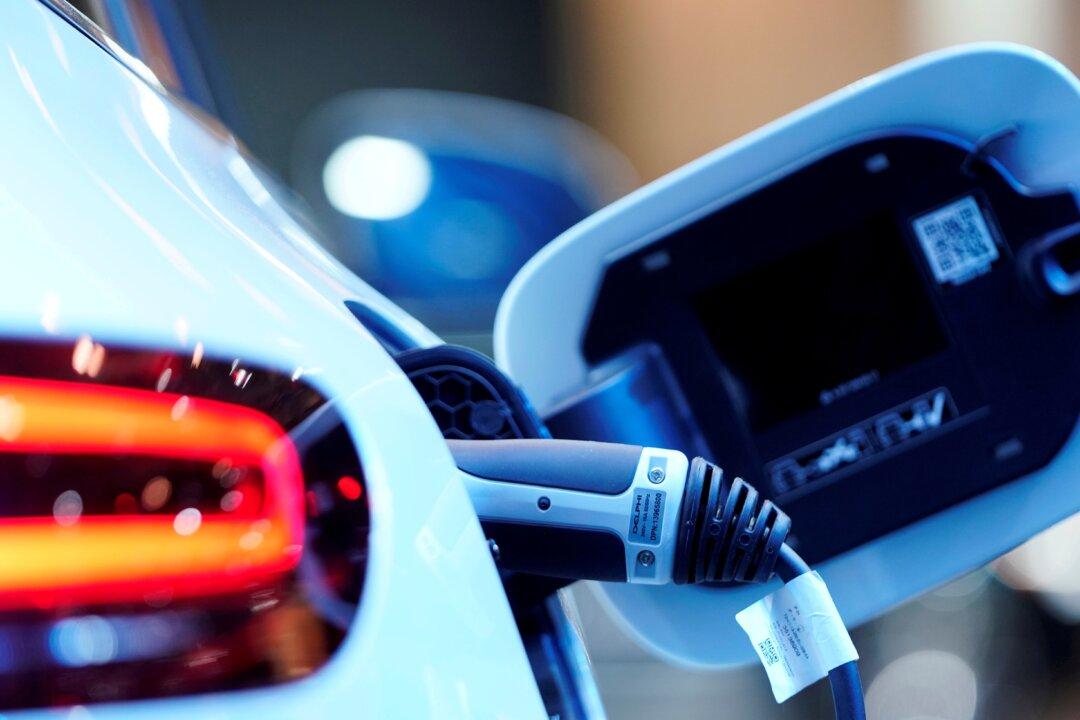Environment Minister Steven Guilbeault’s plan to illegalize the sale of new conventional vehicles in Canada by 2035 is unreasonable, extreme, and will wreak havoc on the Canadian economy.
Despite nearly 10 years of cajoling, promoting, and subsidizing electric vehicles (EVs), over 95 percent of vehicle sales in Canada are still combustion engine models. EVs remain too expensive and impractical for Canadians to embrace. Rather than trying to understand why citizens won’t switch to EVs, the Canadian government is taking the ham-handed approach of forcing the transition, and the consequences of the move will be dire.





